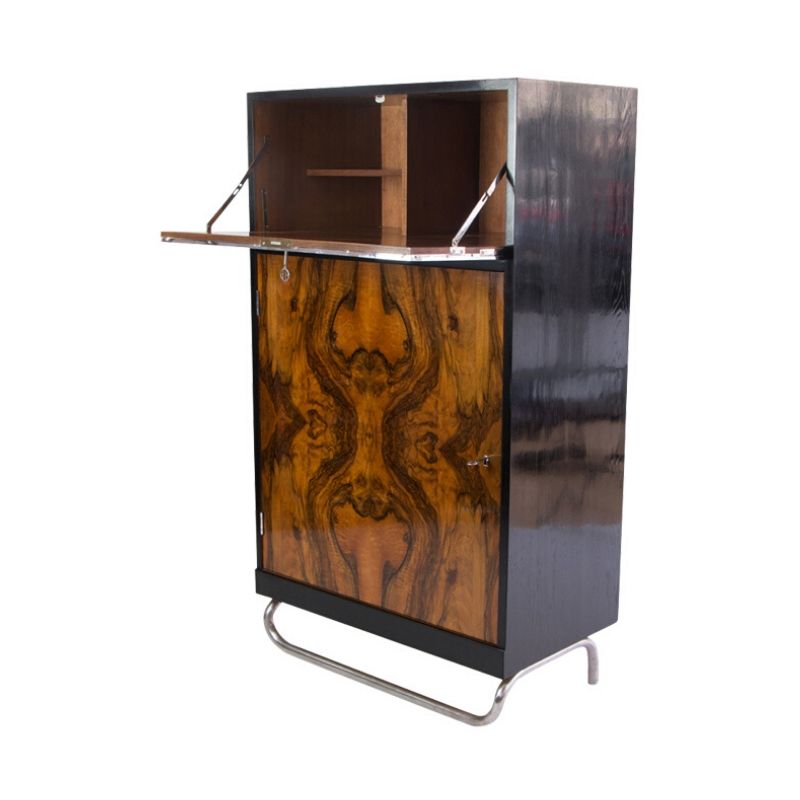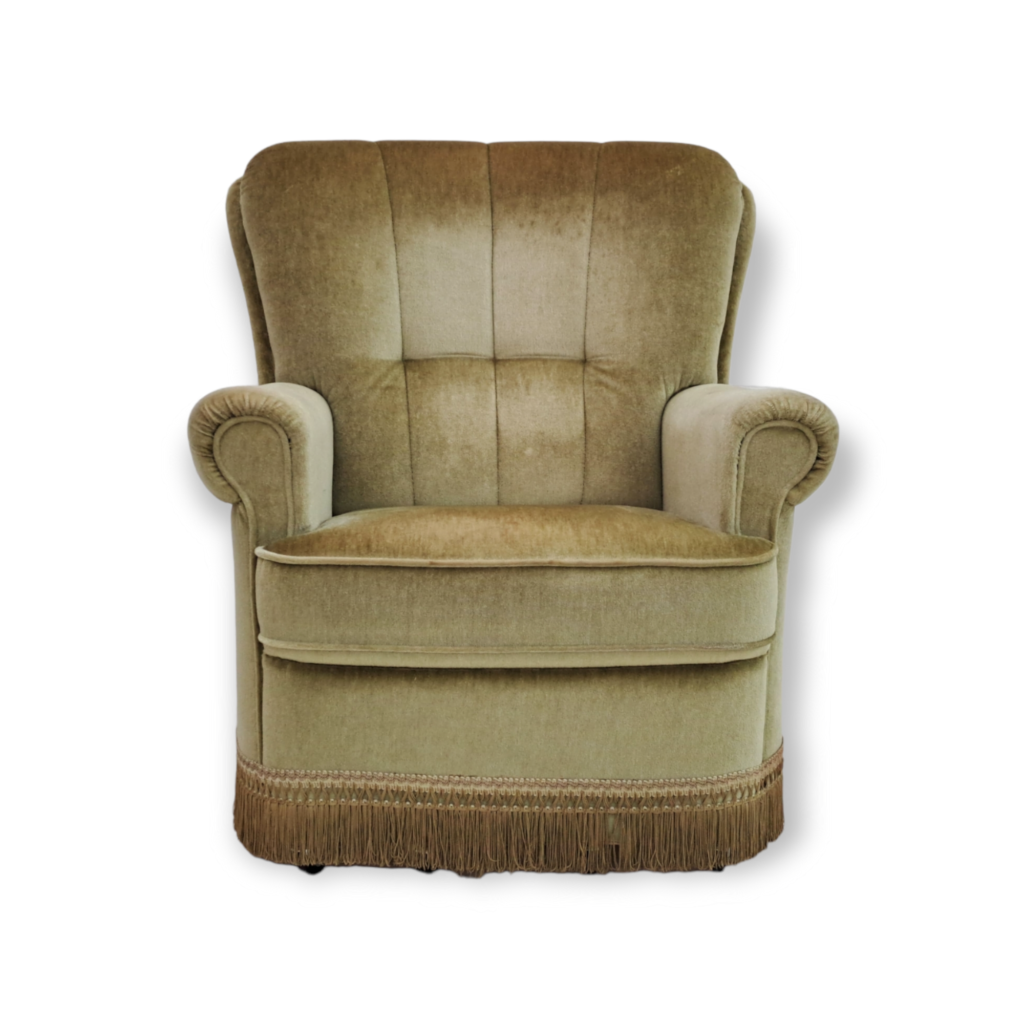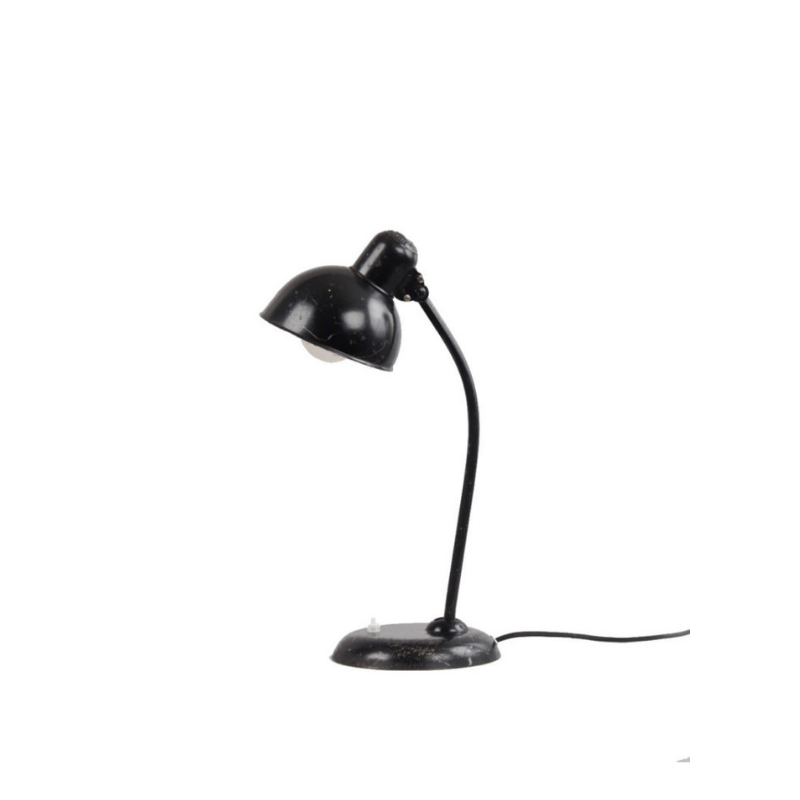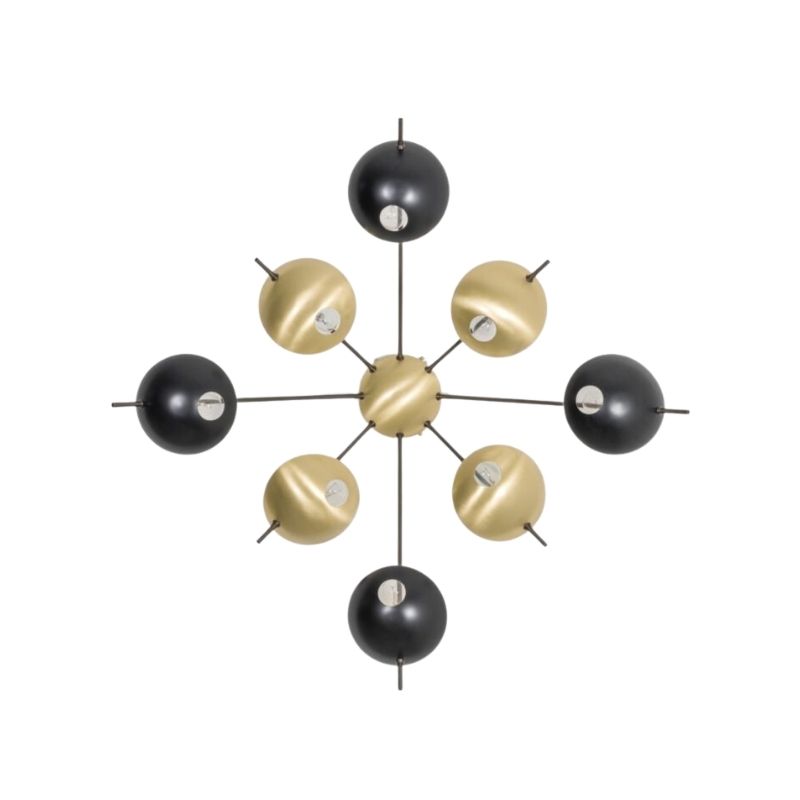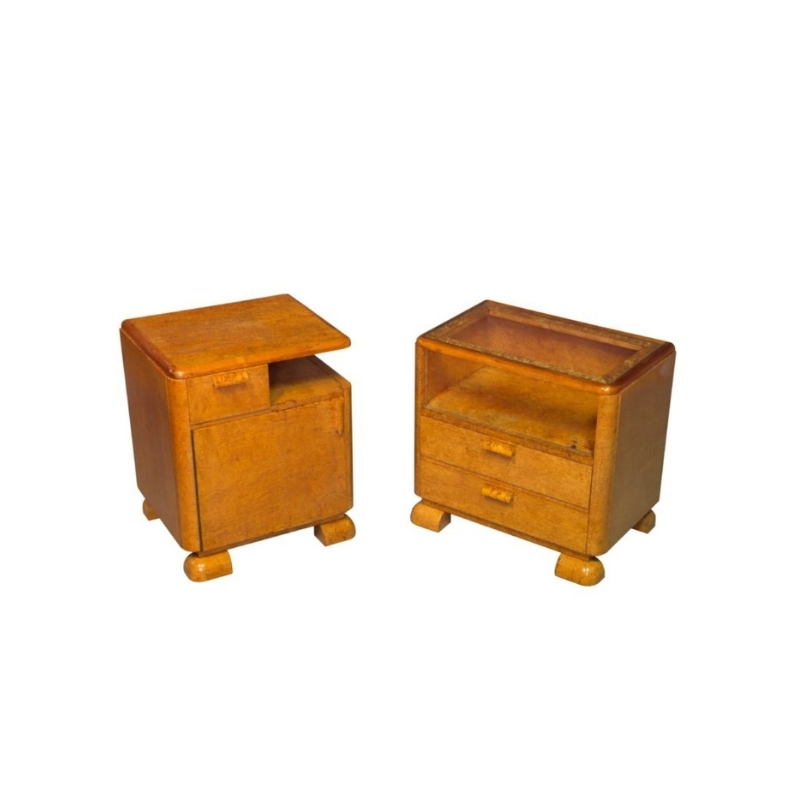Hi Don,
You are right but it is just a period of initiation that will one day be replaced by a more mature use. It is not unlike children that are getting too many toys at ones. When they get over the first excitment every toy will get it's own role to play and some will never be used again...In our case it might take some time, usually more than a lifetime, but it should not discourage us to walk in the right direction.
my own definition is:
Design is linking the recognition or discovery of a need with it's satisfaction by means of a man made object that is the result of systematic research and creativity and that respects a given culture.
koen,
i'm feeling a bit like young skywalker talking to yoda. the dialogue I am reminded of goes like this:
Yoda: Yes, a Jedi's strength flows from the Force. But beware of the dark side. Anger, fear, aggression; the dark side of the Force are they. Easily they flow, quick to join you in a fight. If once you start down the dark path, forever will it dominate your destiny, consume you it will, as it did Obi-Wan's apprentice.
Luke: Vader... Is the dark side stronger?
Yoda: No, no, no. Quicker, easier, more seductive.
Luke: But how am I to know the good side from the bad?
Yoda: You will know... when you are calm, at peace, passive. A Jedi uses the Force for knowledge and defense, never for attack.
The only question is: do you wear a brown cloak with a hood when you are at the drawing table?
I hate to have the last word...
...and I hope this is not the last one on the subject, but I want to clarfy the notion of "...respect of a given culture.."
I should clarify that position because I am one of those who works in the margins of our profession because I disagree with a core part of our culture. To respect a given culture does not mean that one has no task in influencing that culture in the direction that you consider "better" than the one you are part of. In another thread (Gropius, War etc.) Natalia Ilyin's article in Adbusters is discussed and those who have read her books ( I have not seen the article yet) know how passionately she argues against ideologies. Yet, there is no "Now" in design, architecture or politics for that matter. There are only two positions, in one the past is valued above the possibilities of the future, in the other the hopes for the future are more important than the achievements of the past. In both cases and regardless the acuracy with which we describe the past, this value system depends on an ideaology, maybe not a dogmatic one as we see and have seen too often, but in it's basic sense of the word: a coherent system of ideas. It both allows us to understand the past and to project into the future. So respect for the "given" culture is always either a continuation of the past or a correction of the past. In both cases it is based in that particular culture. I happen to believe that better design is invisible design. Design should not attract attention, but products should not be a source of irritation either. They should just be there and serve us well. I am fully aware of the fact that there is no or little room for that point of view in design circles but it is to a large extend inspired by the dominant culture because I would have no reason to persue this direction if in my own judgement products were not considered as important as they are now. The fact that a number of the products I designed are still on the market 35 years after they were "designed" somehow indicates that I am still representing a substantial part of what most people expect from "good" products. In other words, respecting the cultural context in which we live is not necessarely contributing to the status quo, on the contrary.
Well, you
may certainly claim the '"latest" word !
The central part (?) of your beautifully transparent position, that there is a pair of foci of the designer's art, either a) backward or b) forward, reminds me that so many of our realities are made simultaneously of two (sometimes contradictory) elements or circumstances -- it's another of those yin/yang deals, which increasingly make themselves plain, it seems. And if one wished to be aligned with such a concept as universal or eternal, in terms of form and/or function (another omnipresent duality) one could do worse than to take both from the past and from the present. . .as a present to the future [heh-heh] ?
Mr Wilson's first definition seems to deal with just one of the two meanings of "design" -- the form, as opposed (?) to the process ?
If you need any help, please contact us at – info@designaddict.com





